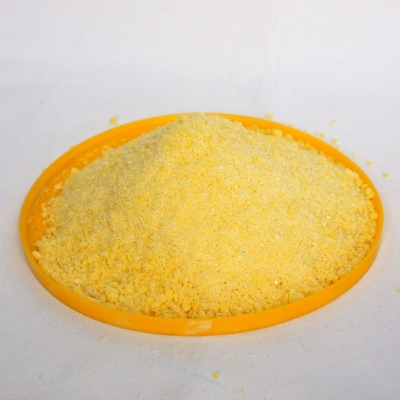-
Categories
-
Pharmaceutical Intermediates
-
Active Pharmaceutical Ingredients
-
Food Additives
- Industrial Coatings
- Agrochemicals
- Dyes and Pigments
- Surfactant
- Flavors and Fragrances
- Chemical Reagents
- Catalyst and Auxiliary
- Natural Products
- Inorganic Chemistry
-
Organic Chemistry
-
Biochemical Engineering
- Analytical Chemistry
-
Cosmetic Ingredient
- Water Treatment Chemical
-
Pharmaceutical Intermediates
Promotion
ECHEMI Mall
Wholesale
Weekly Price
Exhibition
News
-
Trade Service
*For medical professionals only
I hope this "skill" can be restored soon!
Executive Summary
to heal diabetic wounds by activating "hidden" mechanisms in the body.
Study screenshots
status quo
Dr.
Chandan K.
Sen, vice president of military and applied research, J.
Stanley Battersby Chair and Distinguished Professor of Surgery, and director of the Indiana Center for Regenerative Medicine and Engineering at Indiana University School of Medicine, said:
- We already know from previous studies at other institutions that if a fetus is injured, it can regenerate tissue, or repair it just like new
.
But after birth, this ability to regenerate wound healing is lost
. - Healing efficiency in adults is relatively low and is often associated
with poor scarring.
Diabetic wounds are complex skin injuries in diabetic patients that are particularly difficult to treat and often lead to amputation or other complications
due to their susceptibility to infection.
conclusion
called non-selenobe-containing phospholipid hydroperoxide glutathione peroxidase, or NPGPx.
NPGPx is NPGPx's direct target miR-29 series
.
After injury, the abundance of miR-29 decreases, allowing rapid increase in protein expression in NPGPx transcripts and adult wound marginal tissues, NPGPx expression is required to mediate induced increased keratinocytes migration through inhibition of miR-29 in vitro and in vivo, increased NPGPx expression induces increased SOX2 expression and localization of β catenin nuclei in keratinocytes
.
The delivery of the NPGPx gene to the wound site using tissue nanotransfection technology developed by ICE faculty proved sufficient to overcome the harmful effects
of diabetes on this specific pathway that enhances tissue repair.
prospect
- Nature essentially hides this fetal regenerative repair pathway in the adult body
. - We found its absence and then activated it to improve the healing
of diabetic wounds. - This is an exciting new way
to use fetal repair mechanisms to close synthetic human diabetic wounds. - The findings showed that while NPGPx is known to be abundant in fetal skin but not abundant after birth, it can be reactivated
in the skin after injury. - We look forward to continuing research aimed at achieving more complete regenerative repair
by improving our understanding of how NPGPx functions.
" ”
Click "Read Original" to get more clinical dry goods







